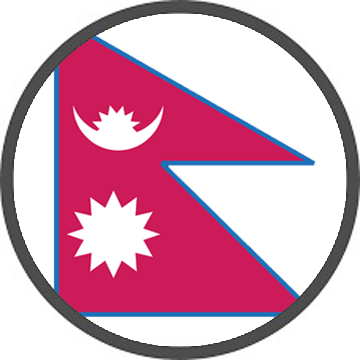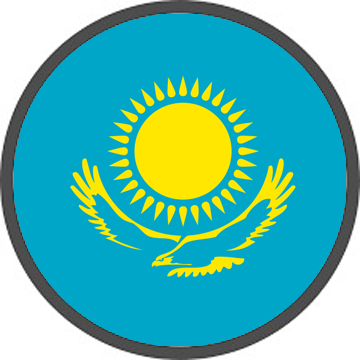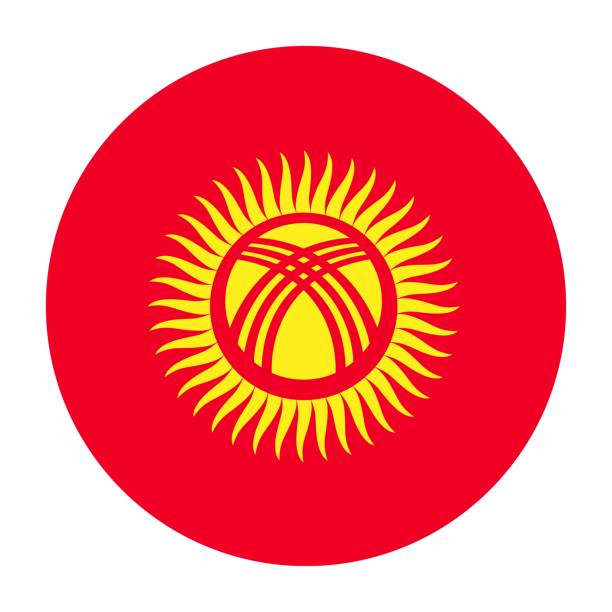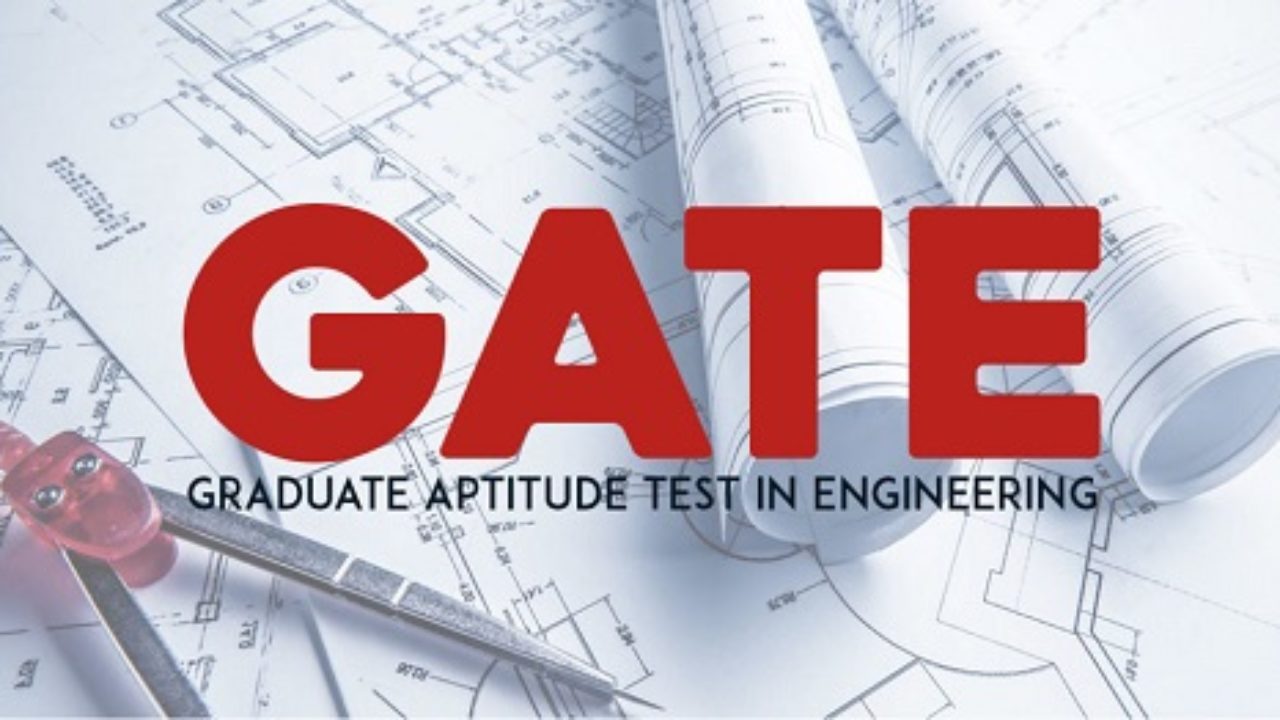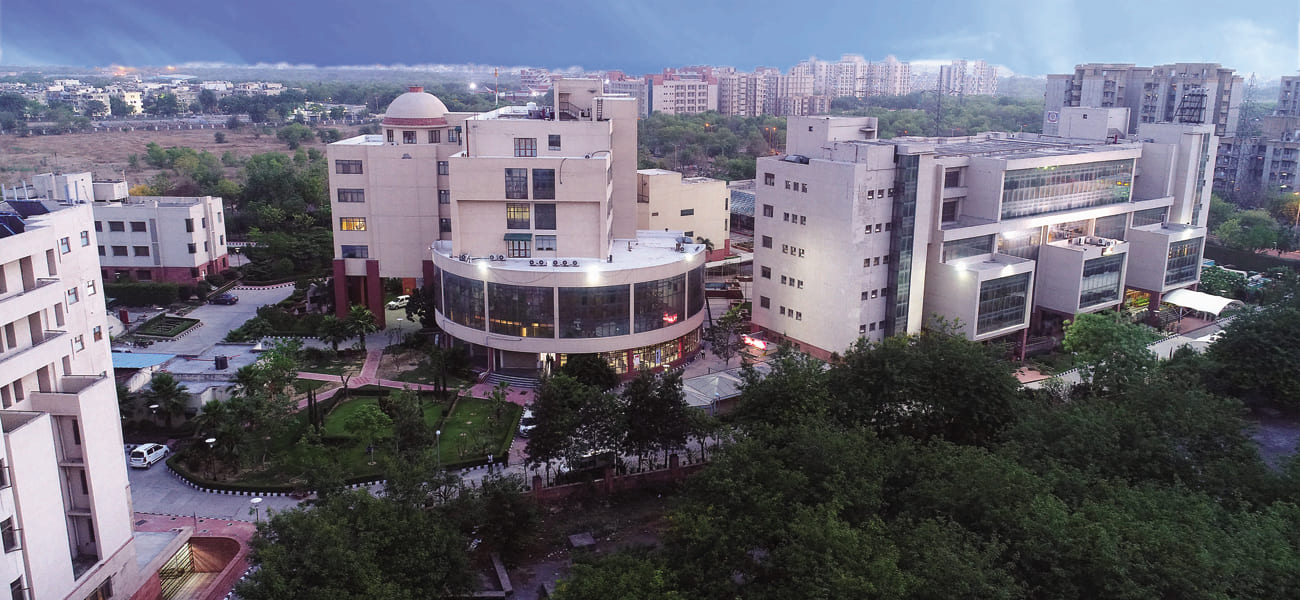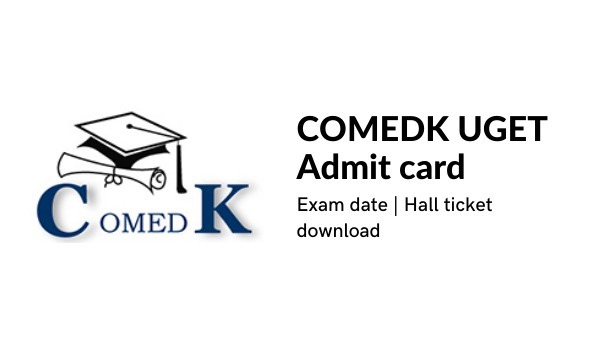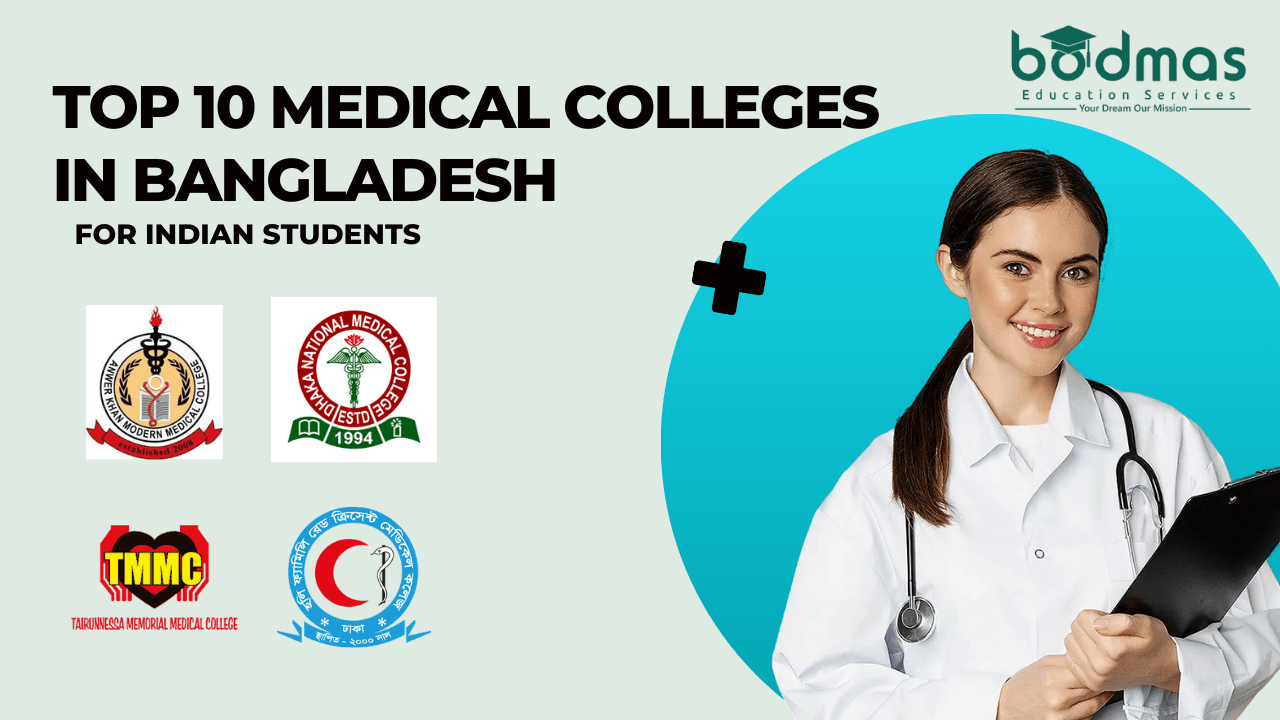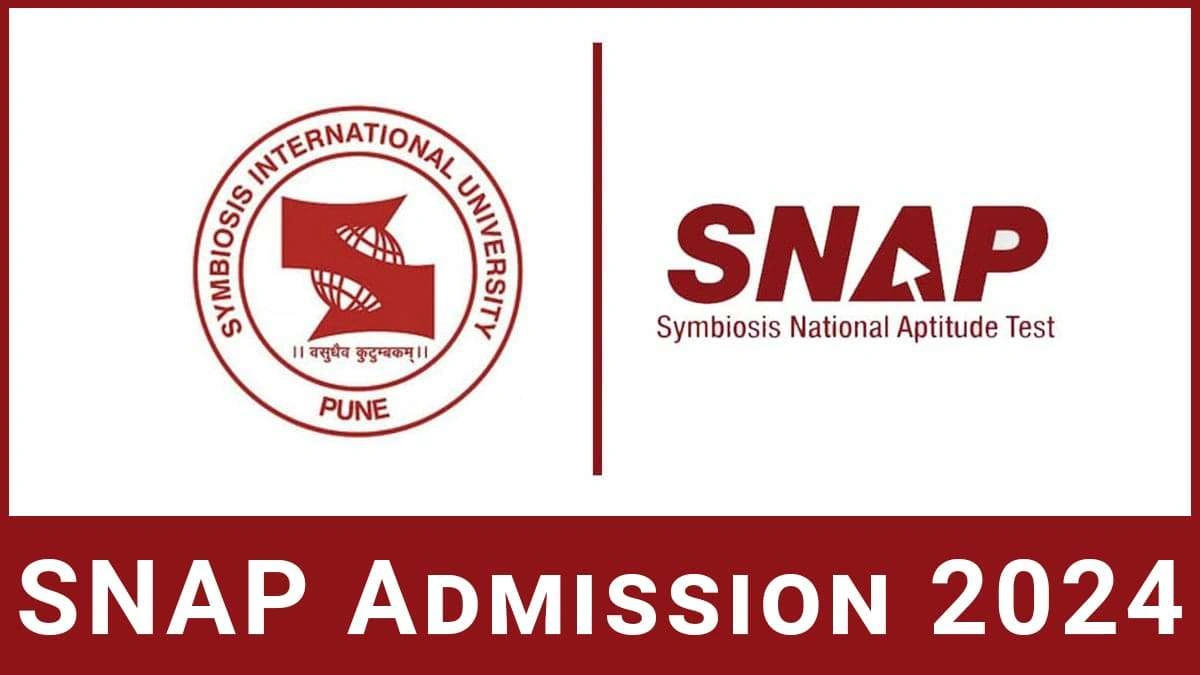Studying MBBS abroad is an excellent option for many Indian students who aspire to become doctors but face the challenges of high tuition fees in India. Bangladesh, with its cost-effective medical education system, has become a preferred destination for Indian students seeking affordable yet high-quality medical education. In this article, we will explore the Top Bangladesh Private Medical Colleges for Indian Students, Bodmas Medical providing essential details such as fee structures, seat intakes.
Why Choose Bangladesh for MBBS?
Bangladesh has emerged as one of the leading countries for Indian students pursuing MBBS, thanks to its relatively low tuition fees, high educational standards, and globally recognized medical degrees. The medical colleges in Bangladesh are recognized by the Medical Council of India (MCI), the World Health Organization (WHO), and the National Medical Commission (NMC), making them a great choice for Indian students looking to practice medicine in India or abroad after completing their degrees. Additionally, the medium of instruction in most institutions is English, which makes it easier for Indian students to adapt and perform well in their studies.
One of the key reasons for the growing popularity of studying MBBS in Bangladesh is the affordability of MBBS in Bangladesh for Indian students. Compared to Indian private medical colleges, which can charge anywhere from INR 60 to 100 lakhs for a complete MBBS course, MBBS fees in Bangladesh private colleges typically range from $40,000 to $55,000, making it a more budget-friendly option.
List of Top 10 Bangladesh MBBS Medical Colleges for Indian Students
| S
No |
Medical College |
MBBS Seat intake |
Fee range for Indian student |
| 1 |
Bangladesh Medical College |
120 |
$ 49000 |
| 2 |
Dhaka National Medical College |
130 |
$ 53000 |
| 3 |
Holy Family Red Crescent Medical College |
145 |
$ 51150 |
| 4 |
Jahurul Islam Medical College |
100 |
$ 41000 |
| 5 |
Anwer Khan Modern Medical College |
147 |
$ 45000 |
| 6 |
Eastern Medical College and Hospital |
115 |
$ 43000 |
| 7 |
Medical College For Women and Hospital |
95 |
$ 47000 |
| 8 |
Tairunnessa Memorial Medical College & Hospital |
107 |
$ 45000 |
| 9 |
Institute of Applied Health Sciences |
80 |
$ 42000 |
| 10 |
Community Based Medical College |
140 |
$ 48000 |
1. Bangladesh Medical College
MBBS Seat Intake: 120
Fee Range for Indian Students: $49,000
Established in 1985, Bangladesh Medical College is one of the oldest private medical colleges in Bangladesh. It is located in Dhaka and has a strong reputation for its quality education, experienced faculty, and excellent clinical training. The college offers a great balance of theoretical and practical exposure, making it a top choice for many Indian students.
2. Dhaka National Medical College
MBBS Seat Intake: 130
Fee Range for Indian Students: $53,000
Dhaka National Medical College is another well-established institution in Bangladesh. Known for its impressive campus, modern infrastructure, and high-quality education, it is among the best options for students seeking affordable education in a city like Dhaka. The fee structure is a bit higher compared to some other colleges, but it is still very reasonable for students considering the quality of education provided.
3. Holy Family Red Crescent Medical College
MBBS Seat Intake: 145
Fee Range for Indian Students: $51,150
Located in Dhaka, Holy Family Red Crescent Medical College is one of the most renowned private medical colleges in Bangladesh. The college’s affiliation with the Holy Family Hospital provides students with excellent hands-on clinical experience, making it a favorite among international students, including those from India.
4. Jahurul Islam Medical College
MBBS Seat Intake: 100
Fee Range for Indian Students: $41,000
Jahurul Islam Medical College offers an affordable option for Indian students looking to study MBBS in Bangladesh. Despite the lower fees, the college is well-regarded for its high academic standards, well-equipped laboratories, and clinical facilities. It is particularly known for offering low-cost private medical colleges in Bangladesh without compromising on quality.
5. Anwer Khan Modern Medical College
MBBS Seat Intake: 147
Fee Range for Indian Students: $45,000
Anwer Khan Modern Medical College is a popular choice among Indian students due to its advanced infrastructure, experienced faculty, and high standards of teaching. The college’s association with Anwer Khan Modern Hospital ensures that students receive quality clinical training. The fee range is moderate and offers excellent value for money.
6. Eastern Medical College and Hospital
MBBS Seat Intake: 115
Fee Range for Indian Students: $43,000
Eastern Medical College and Hospital is an emerging institution that provides affordable medical education. The college has modern facilities and focuses on practical exposure, offering students opportunities to work in well-established hospitals during their clinical training. It is a good option for students seeking an affordable yet solid education in medicine.
7. Medical College For Women and Hospital
MBBS Seat Intake: 95
Fee Range for Indian Students: $47,000
This college is dedicated to women and provides a safe and conducive environment for female students pursuing MBBS. It has a strong curriculum, excellent faculty, and state-of-the-art facilities. It is one of the best medical colleges in Bangladesh, particularly for female students, offering good exposure and practical training.
8. Tairunnessa Memorial Medical College & Hospital
MBBS Seat Intake: 107
Fee Range for Indian Students: $45,000
Tairunnessa Memorial Medical College & Hospital is another prominent institution offering high-quality medical education in Bangladesh. The college provides a comprehensive curriculum along with good clinical exposure. It is known for its relatively affordable fee structure and is an excellent choice for students seeking a well-rounded medical education.
9. Institute of Applied Health Sciences
MBBS Seat Intake: 80
Fee Range for Indian Students: $42,000
Located in Foys lake Chittagong, the Institute of Applied Health Sciences offers a unique approach to medical education with a focus on practical learning and research. The college has good faculty members and modern infrastructure, making it a great choice for students who are looking for an affordable and quality medical education.
10. Community Based Medical College
MBBS Seat Intake: 140
Fee Range for Indian Students: $48,000
Community Based Medical College is well-known for its emphasis on community health and rural healthcare. The college provides extensive practical exposure, which helps students develop a strong understanding of patient care in diverse settings. The fee structure is reasonable, making it an excellent choice for Indian students.
For Indian students seeking affordable medical education without compromising on quality, Bangladesh offers a plethora of options. From Bangladesh Medical College to Community Based Medical College, these institutions provide world-class education, modern facilities, and hands-on clinical exposure.
The MBBS fees in Bangladesh for Indian students are highly competitive, and many colleges offer low-cost private medical colleges in Bangladesh without compromising on educational standards. Whether you are looking for the best college in Dhaka or a more affordable option outside the capital, Bangladesh has something for every aspiring doctor.


